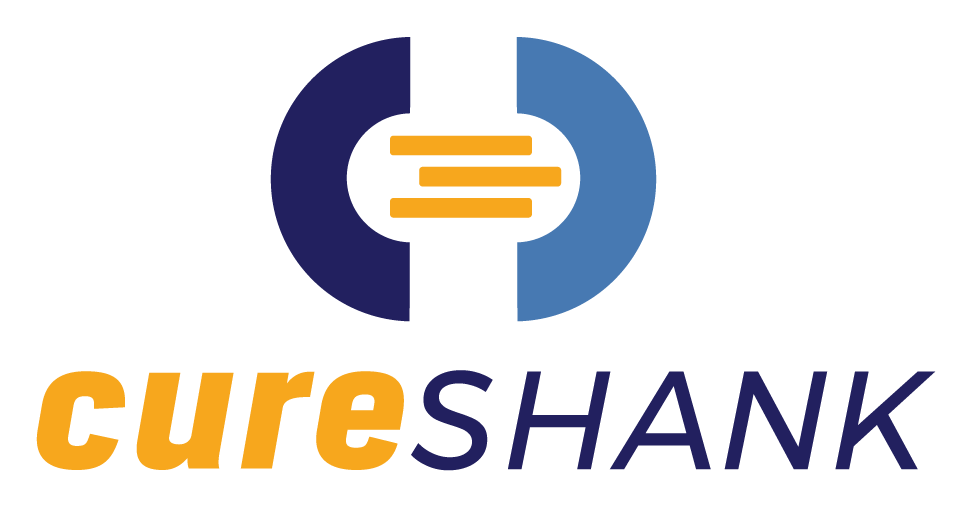What is SHANK3 and What are its Functions?
SHANK3 goes by various names, such as SH3 and proline-rich synapse-associated protein 2 or ProSAP2. It’s a protein in humans encoded by chromosome 22. The multiple ankyrin repeat domains 3 may also have additional isoforms apart from ProSAP2 but scientists have not provided experimental verification as of today. This gene contributes to the neurological phenotype found in PMS.
It’s a multifunctional synaptic protein consisting of an array of domains that give structure to the other proteins that it interacts with. This unique gene is responsible for mediating the functions that take place within the postsynaptic densities in excitatory synapses. It also plays a crucial role in the microdeletions of chromosome 22q13.3 syndrome, thus helping people with autism.
How does SHANK3 Work?
SHANK3 has differential splicing and multiple promoters that produce protein products and alternative mRNA isoforms. It contains intragenic CpG islands and five promoters that show different patterns in tissues related to DNA methylation.
According to a recent study on the profile of DNA methylation, the different levels of CpG islands in the SHANK3 gene come from CON and ASD subjects. The study’s data points out that the increase in the percentage of methylation in each CpG island varies from 1-2 and -4. A crucial area that interests scientists is the impact of methylation on the expression of the patient. The study noted that SH’s alternative splicing contains isoforms in tissue-specific patterns.
Function of SHANK3
SHANK3 is responsible for providing the instructions on making a protein, mostly found in the brain, that improves communication among cells. The protein created as a result of SH3 ensures smooth synapses within the brain. Synapses in the brain refer to the connections between different nerve cells. The better the connection among the nerve cells, the smoother the communication. The smoother the communication, the better your brain functions. Autistic people usually have a deficiency of this gene, and hence, their brains don’t function as quickly as others.
The gene acts as a scaffold within the synapses, thus supporting the communication that takes place among neurons. It ensures that the signals that one neuron sends reach the target neurons successfully.
It also helps during the formation and development of dendritic spines. Dendritic spines are specialized extensions that come from neurons. These neurons are essential during the transmission phase of nerve impulses. They appear as small dendritic outgrowths that transmit nerve impulses and improve the speed at which the neurons communicate.
The scaffolding nature of the SH3 gene binds to actin and neuroligins, thus impacting growth cone motility, synaptic transmission, dendritic spine morphology, and actin polymerization. Many recent studies suggest that there are various small cytogenetic rearrangements and rare mutations that affect autistic patients. These patients show signs of expressive language impairment, a common symptom of autism. On the other hand, patients that don’t have chromosome 22q13.3 syndrome suffer from mental retardation.
How can SHANK3 Improve Autism?
Multiple pieces of research point out that the SH3 gene affects the abnormalities in phenotypical expressions, such as two de novo mutations, like R1117X and R536W, unaffected siblings of the autistic proband, and inherited genes from an epileptic parent.
Some patients have an imbalanced translocation with 22q13 trisomy. These patients also have a condition called Asperger syndrome which is a sign of ADHD. The SH3 gene, located in the PSD, sits right behind your postsynaptic membrane. This membrane functions as your brain’s organizing structure. It is responsible for gathering your thoughts and also controls your behavior.
The membrane appears in clusters in adhesion molecules and signals your brain to react to situations. Unfortunately, these clusters are not as dense in autistic patients. The microscopic view of these clusters shows that the percentage of the SH3 gene is significantly less. It’s one of the reasons why it can’t bind to actin and neuroligins properly.
The SH3 gene also interacts with different levels of NLGNs. As already mentioned, it is essential in the maturation of dendritic spines. Autistic patients with a deficiency of SH3 would usually have behavioral issues because their neurons and dendritic spines don’t mature enough over time.
Scientists are still studying the SH3 gene to figure out whether they can replicate a chromosome that can substitute its functions in the brain. But until now, a deficiency of this gene means there are high chances of the person having autism.

